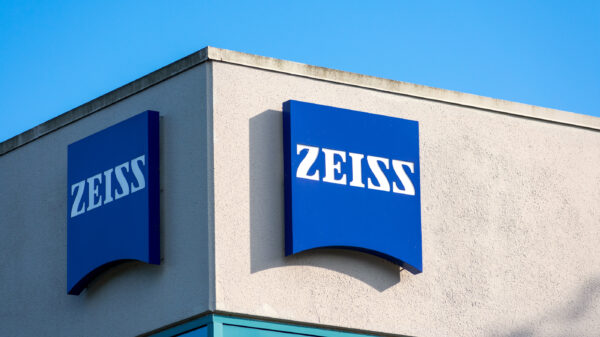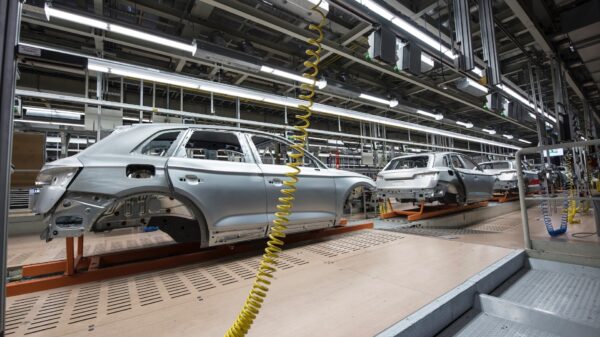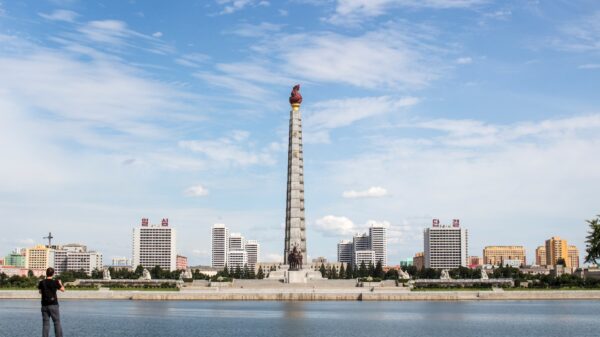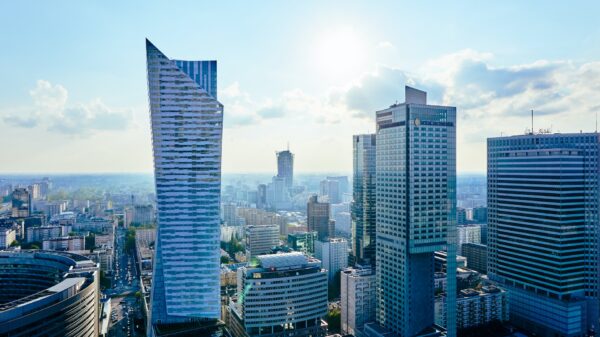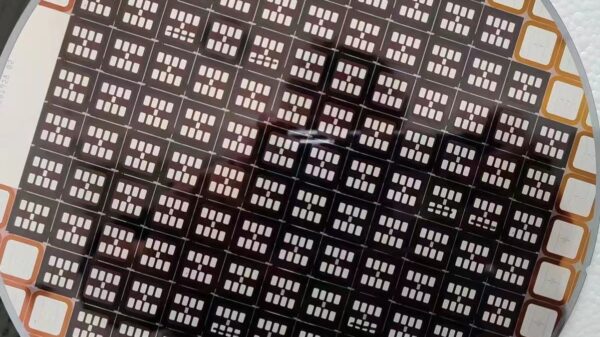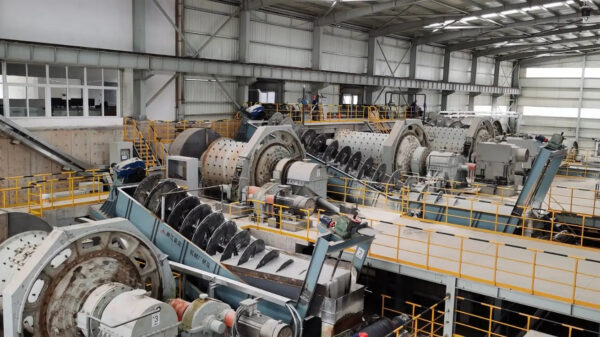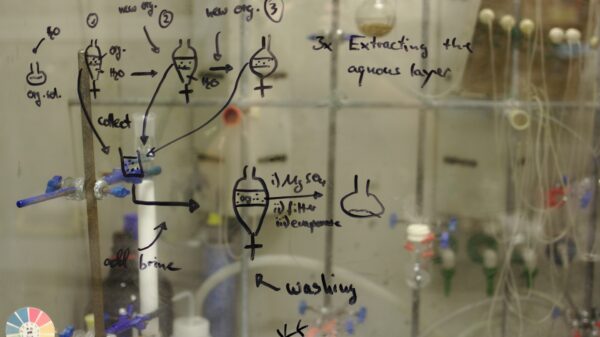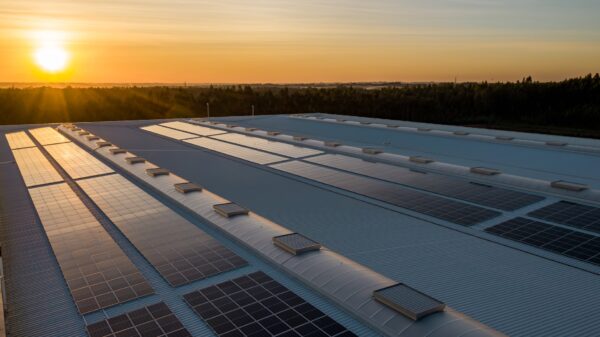Despite a challenging market environment, the company anticipates recovery as inventory decreases and demand for DDR5 and ChatGPT-related chips grows.
After a nearly year-long slump in the memory semiconductor industry, SK Hynix has hinted at the possibility of a 'first quarter = bottom' scenario for the first time in the sector. After suffering losses amounting to trillions of won for two consecutive quarters, the company now forecasts a rebound in the industry starting in the second quarter. This anticipated upturn can be attributed to favorable factors such as reduced inventory due to production cuts by the three memory companies. . .









